On July 23, the China-Africa Innovation Forum on African Character Recognition Technology was held at Huazhong University of Science and Technology (HUST) online and offline. The forum was jointly hosted by HUST and China-Africa Innovation Cooperation Center, and supported by the Ethiopian Artificial Intelligence Institute.
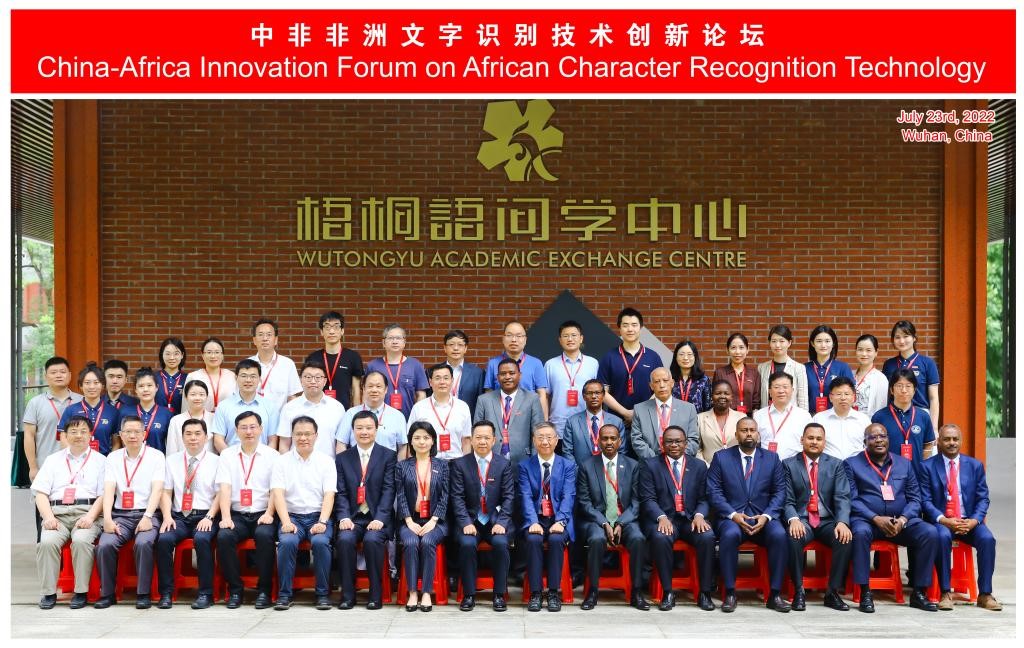


At the opening ceremony, President You Zheng sent a congratulatory video message to extend his warm welcome to all delegates and guests, express HUST’s enthusiasm to engage in and support China-Africa cooperation in education and scientific research, and convey the anticipation that China and Africa will reinforce cooperation in character detection and recognition which is the most promising artificial intelligence technology with broad industrial application prospects. He noted that HUST signed an MoU with the Ethiopian Artificial Intelligence Institute this month, and hoped that the university could enhance cooperation in character recognition technology with more research institutes in African countries, striving to leverage the key role of automatic African character recognition technology in promoting the interconnectivity of the countries of the BRI.

Director-General Jia Peng of the Department of International Cooperation and Exchanges, Ministry of Education highlighted the integral role educational cooperation played in the China-Africa comprehensive strategic partnership. He also recognized the positive contributions that the forum would make through discussions on academic collaboration and industrial application of the character recognition technology between China and Africa.

Deputy Director General Du Yun of the Department of Science and Technology of Hubei Province said the department was endeavoring to build China-Africa Innovation Cooperation Center into an important platform to promote innovation and entrepreneurship cooperation between Chinese and African youth. The department will adopt increasingly open attitudes and further active measures to move forward China-Africa scientific cooperation and cultural exchanges.
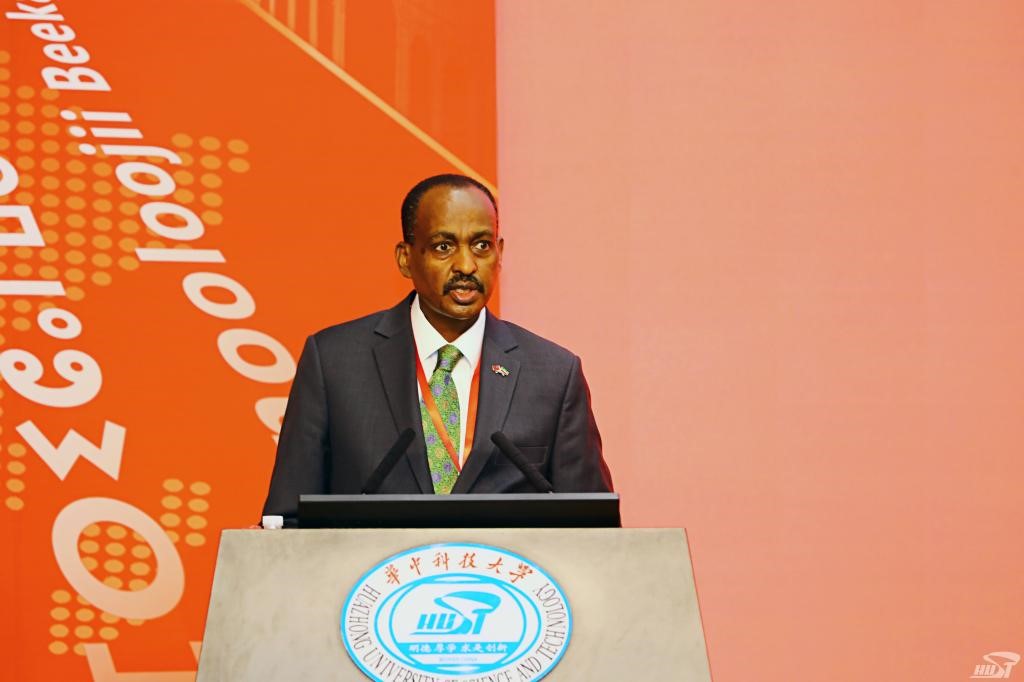
H.E. Mr. Teshome Toga Chanaka, Ethiopian Ambassador to China, believed that China-Africa cooperation in education and human resource development was a vital component to the Belt and Road Initiative. He once again extended gratitude to HUST for the proper training of Ethiopian students and envisioned fruitful outcomes from the cooperation between the Ethiopian Artificial Intelligence Institute and HUST, which, he reckoned, would be exemplary for other innovation cooperation areas.
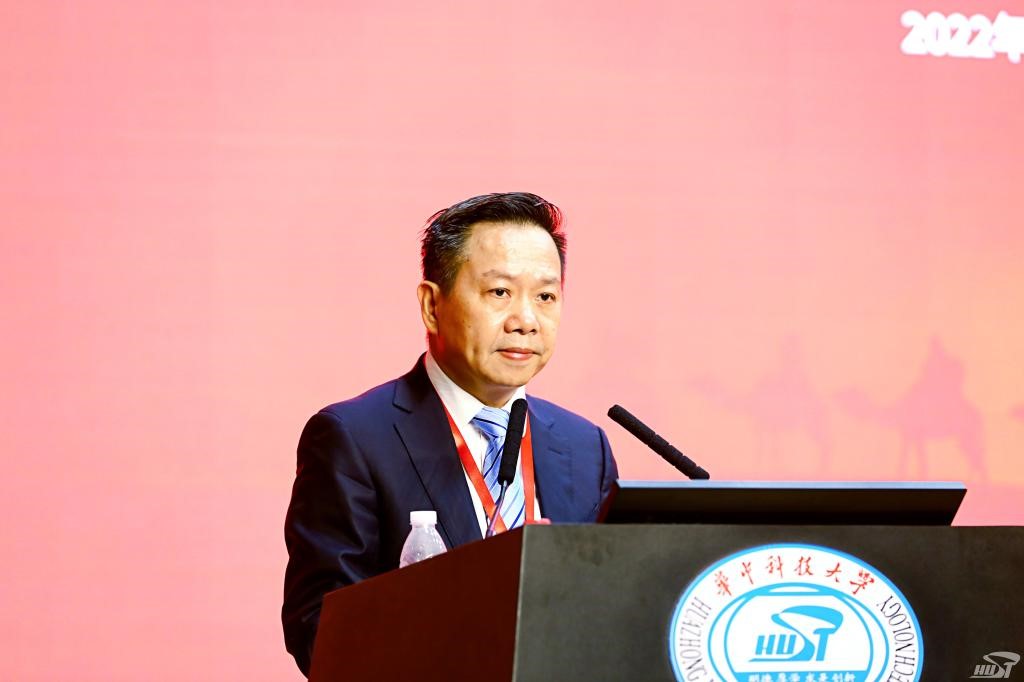
Vice President Chen Jianguo presided over the opening ceremony and expressed a heartfelt welcome to the guests and audience. He regarded the innovative cooperation in science and technology as an emerging highlight illuminating the development of China-Africa relations. Moreover, he noted that holding a forum on the research and application of African character recognition technology was exceptionally significant and timely in the year 2022 which marked both the 70th anniversary of HUST and the start to implement the proposals of the Eighth Ministerial Conference of the Forum on China-Africa Cooperation.

Mr. Worku Gachena, Director General of the Ethiopian Artificial Intelligence Institute, delivered a keynote speech to brief the history of the institute and clarify its mission and objectives. Specifically, its mission was to advance the modernization of health, education, industrialization, transport, and public safety sectors in Ethiopia. It was also mandated to promote human resource development in artificial intelligence through cooperation with prestigious universities worldwide. He believed that this cooperation with HUST in character recognition technology would surely provide stronger technological support and higher-caliber professionals to further develop artificial intelligence in Ethiopia.

Prof. Liu Chenglin, Deputy President of the Institute of Automation, Chinese Academy of Sciences, probed into the key issue in multilingual text recognition: text images of different languages are often mixed without language label. Given the certain limitations of the commonly-used unified recognition model, his team proposed a multi-task neural network model which could combine the learning of language identification and monolingual recognition tasks to improve performance. In addition, they developed an end-to-end cross-lingual document image recognition model that could be trained with bilingual text image data and massive bilingual text corpus. The experimental result proved that such a method was better than the pipeline cascading text image recognition and machine translation.
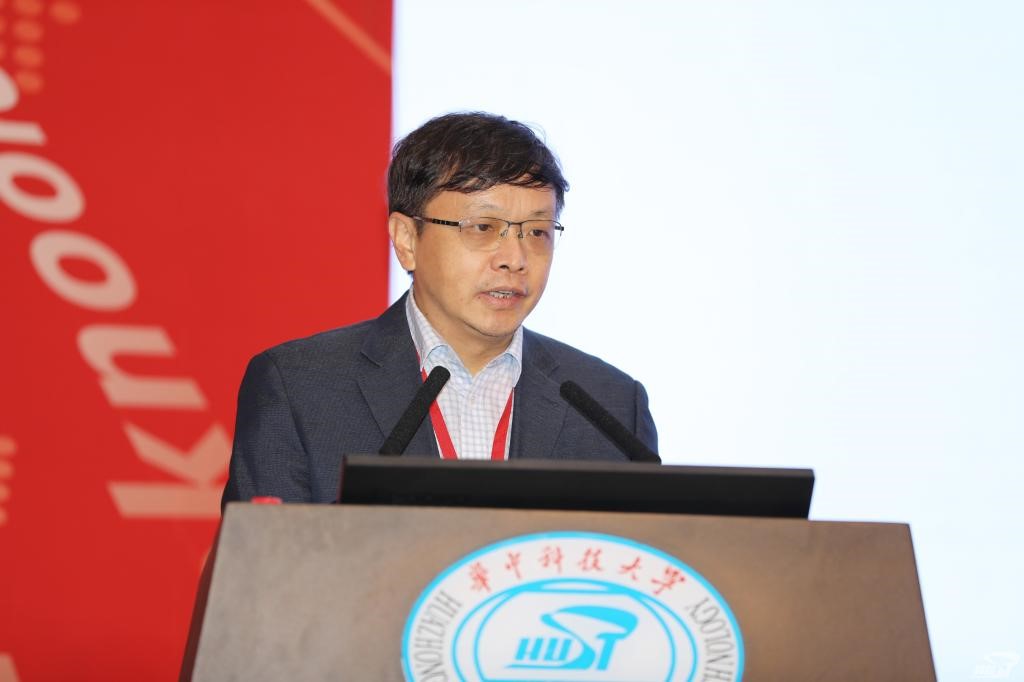
Prof. Jin Lianwen of South China University of Technology presented his research on handwritten signature verification (HSV). He pointed out that HSV was an important biometric trait that had wide applications in various scenarios such as contract signing, identity recognition, and financial transactions. Besides, he introduced several cutting-edge signature verification methods in the era of deep learning, including learning discriminative features of signature characters without forgery datasets and incorporating the domain knowledge to enhance signature verification.
Assistant Professor Birhanu Hailu of Bahir Dar University focused on the history and future of Ethiopian character recognition technology. He introduced the research trends, background, challenges, and opportunities of African character recognition technology with a focus on Ethiopic-script. Furthermore, he explored the existing Optical Character Recognition (OCR) applications and their limitations. His presentation specified multiple valuable and promising research topics in OCR.
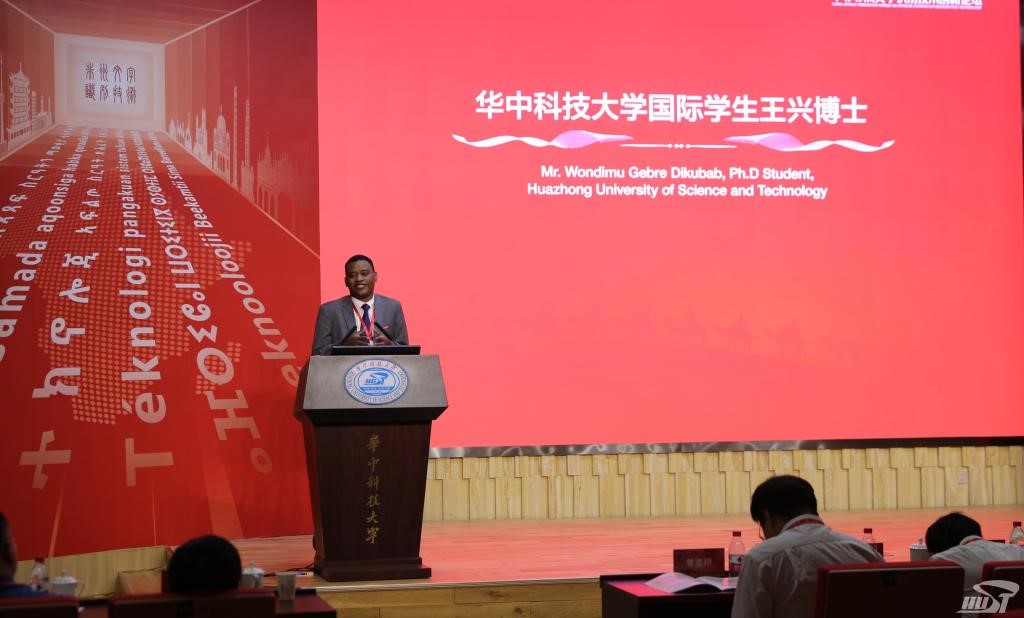
Mr. Wondimu Gebre, an Ethiopian PhD student enrolled at HUST in 2019, shared his own touching story of an Ethiopian student who pursued further study in China and gave back to his motherland with his gains. Under the supervision of Prof. Bai Xiang, a professor from the School of Artificial Intelligence and Automation (AIA), also the Deputy Director of the Belt and Road Joint Laboratory on Measurement and Control Technology, he developed five datasets of Amharic, the official language of Ethiopia, for detection and recognition. This research would drive the digitization of African languages and bolster the development of artificial intelligence in African language area.

The round-table discussion in the afternoon was chaired by Prof. Liu Yuliang of AIA. All the African diplomats made presences. Speakers at this session included Deputy Director General Binyam Endeshaw of the Ethiopian Artificial Intelligence Institute, Director Rosa Tsegaye of the Natural Language Processing Division of the institute, Prof. Wang Xiaoyang of Fudan University, Prof. Du Junping of Beijing University of Posts and Telecommunications, Dr. Jiang Kai, Scientific Editor of SCIENCE CHINA Information Sciences. Heads in charge of text recognition technology at the domestic top-level hi-tech enterprises also made presentations. They were Dr. Ding Errui, Director of the Departments of Computer Vision Technology and Augmented Reality Technology of Baidu, Dr. Bai Jinfeng, leader of AI department of Tomorrow Advancing Life, Dr. Zhu Shenggao, Chief Algorithm Expert of Huawei Cloud OCR Service, Dr. Yao Cong, Head of OCR team of Language Technology Lab of Alibaba DAMO Academy, and Dr. Hu Yiqing, Senior Researcher of Tencent Youtu Lab. Representatives of the China-Africa Innovation Cooperation Center, Ms. Wang Siqian and Ms. Huang Mengting, also gave their opinions. Mr. Geng Yuanming, AIA School Committee Chair, and AIA Professor Bai Xiang attended the event.
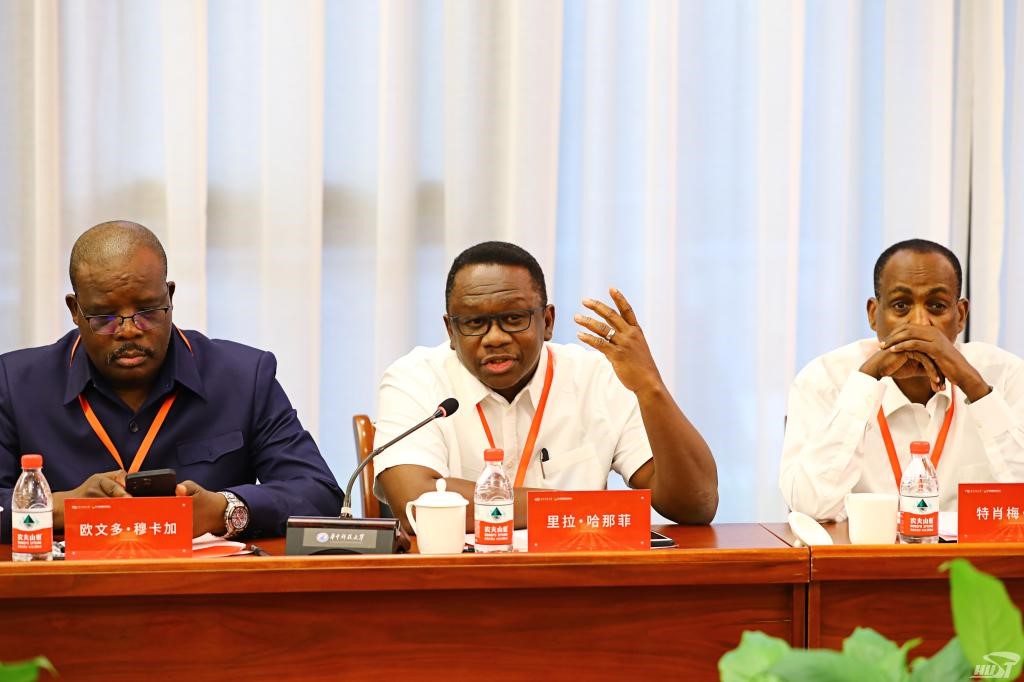
Mr. Hanafi James Killa, Chargé d’ Affaires ad Interim of the Embassy of the Republic of South Sudan, shared his opinions.
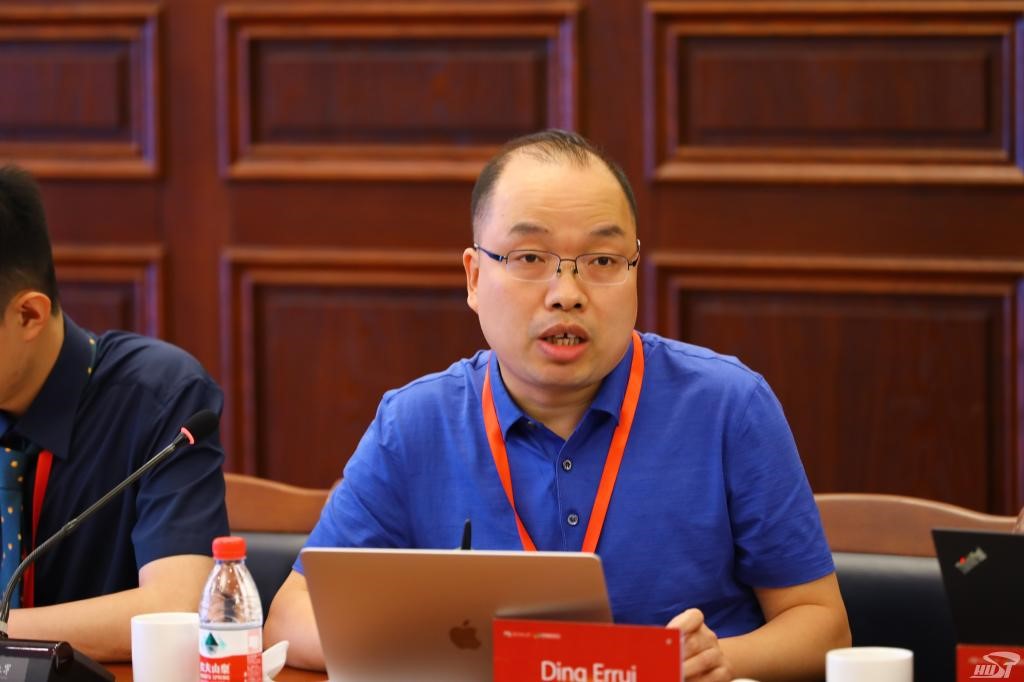
Dr. Ding Errui, Director of the Department of Computer Vision Technology and Department of Augmented Reality Technology, Baidu, expressed his views.
Guests exchanged their ideas on the Belt and Road Initiative and African character recognition technology. Chinese scholars presented the latest character recognition technologies while enterprise representatives outlined the commercial application scenarios.
During the tea break, Chinese and African representatives freely exchanged their ideas on the finished presentations, and discussed the possibility of new cooperation and the potential opportunities, as a series of collaborative projects were coming into shape. They then discussed the following aspects of character recognition technology: industrial prospects and market trends, specific measures to promote corresponding China-Africa exchanges, new challenges, and multi-sector application. Delegates, either online or offline, all enthusiastically offered their suggestions on the enhancement of China-Africa cooperation in character recognition and other artificial intelligence technologies. Their active participation embodied not only the deep friendship between China and Africa but also the two sides’ resolution to boost the research and application of character recognition technology in Africa through cooperation.
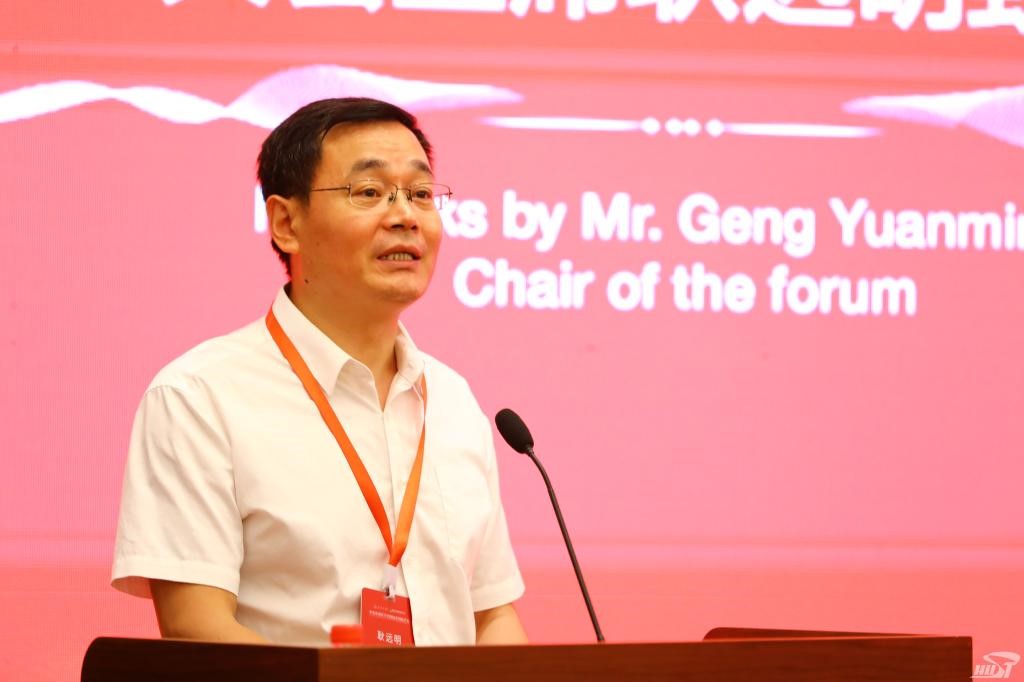
Mr. Geng Yuanming, AIA School Committee Chair delivered speech
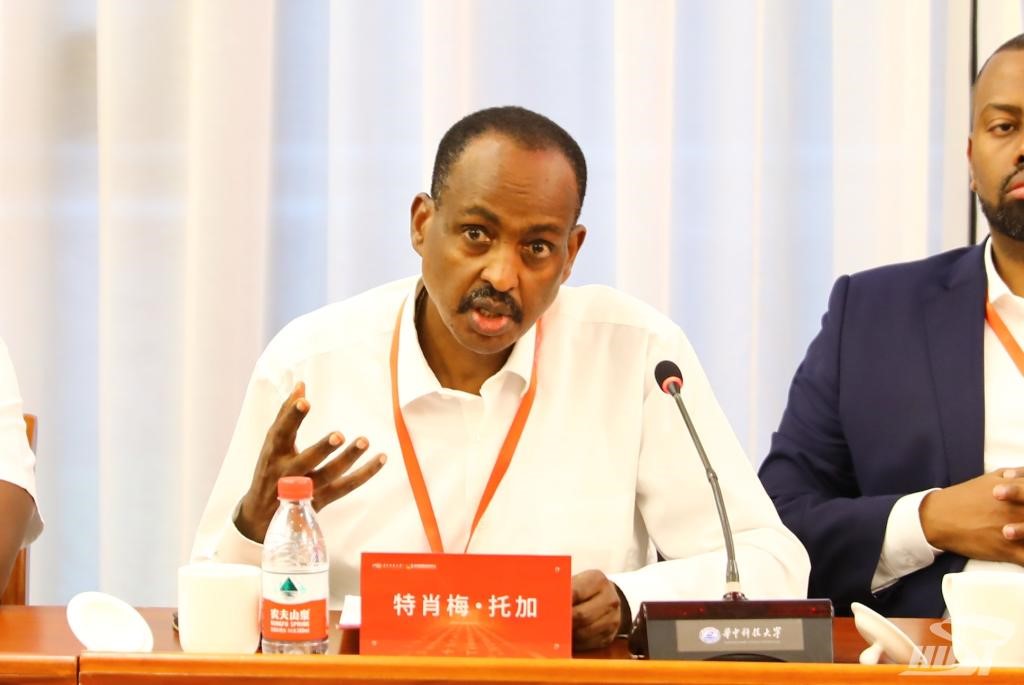
H.E. Mr. Teshome Toga, Ethiopian Ambassador to China, delivered speech
At the closing ceremony, Mr. Geng Yuanming, Chair of the forum and AIA School Committee Chair, delivered a speech, stating that the forum had paved the way for building platforms, mechanisms, and a strong team for African character recognition research. He hoped that both Chinese and African graduates from HUST could boldly scale new heights in science, contribute to scientific innovation in artificial intelligence and thus serve the Belt and Road Initiative. Ambassador Teshome Toga Chanaka acknowledged the positive impacts and remarkable outcomes of the forum and once again, expressed his appreciation for the strong organization and tremendous hospitality of HUST and other co-organizers. Moreover, he conveyed his high expectations for further China-Africa cooperation in education and scientific research.

The forum has advanced the academic collaboration and industrial application of character recognition technology between China and Africa, and clarified the cooperation orientation for the next step. In the future, HUST will continuously enhance the cooperation with our African counterparts, in a bid to ensure the implementation of the "Nine Projects"* in education and scientific research, and make contributions to international cooperation for the building of the China-Africa community with a shared future. HUST will effectively promote the China-Africa academic exchanges and scientific research cooperation on artificial intelligence, medicine, health and other emerging and essential areas, so as to play our part in furthering the inter-connectivity of the BRI countries.
In April this year, the Ethiopian Ambassador Mr. Teshome Toga sent an appreciation letter to HUST for the guidance and assistance to Wondimu Gebre, who released the first Amharic comprehensive public datasets and a preliminary algorithmic solution for Amharic scene text detection and recognition, realizing the digitalization of African scene text images. This research would facilitate the digital and intelligent transformation of office work, transport, tourism, and other relevant sectors in African countries, leading the academia’s attention to the development of African character recognition technology.
China-Africa cooperation is to be one of the most dynamic and innovative aspects of the Belt and Road Initiative. Although text is the main information carrier of mankind, the international academic community has ignored the indigenous African script recognition technology.. To raise attention to African character recognition technology and boost China-Africa academic collaboration and industrial application of character recognition technology, this forum has been held as a platform for discussions on the African character recognition research, application and cooperation between Chinese and African technical experts, also serving as an incubator for a joint laboratory of African character recognition. All these endeavors aim to leverage the key role of automatic African character recognition technology in promoting the interconnectivity of the BRI countries.
*"Nine Projects" is a cooperation plan initiated by Chinese President Xi Jinping on the Eighth Ministerial Conference of the Forum on China-Africa Cooperation.
Source: School of Artificial Intelligence and Automation
Edited by: Lai Xiangyu, Peng Yumeng
